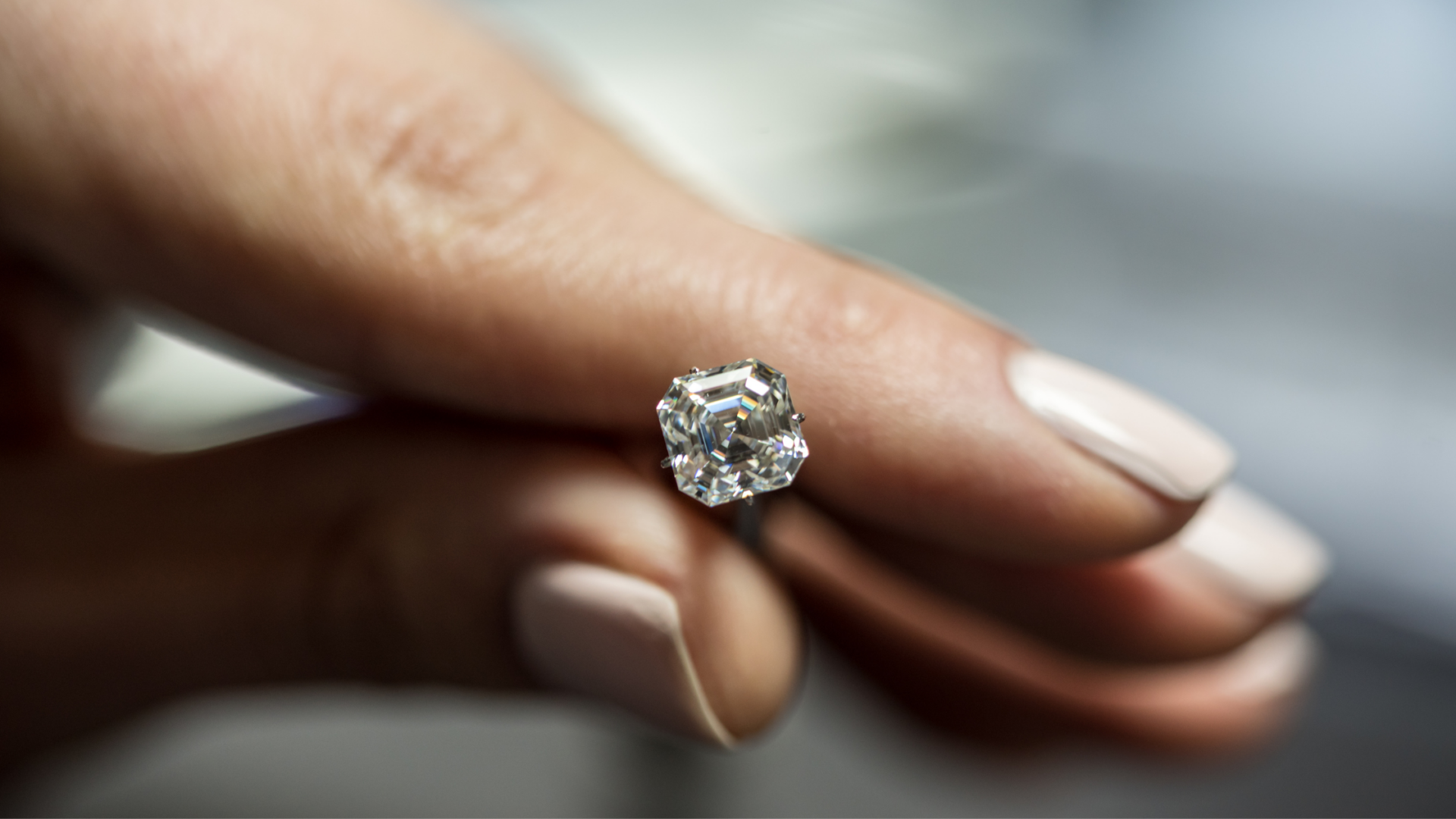Hello,
The boyfriend and I are looking at this particular diamond and would appreciate any opinions on it. I am a bit unsure as I did some research and they said the ideal table size should fall between 53-57%? The diamond I am looking at has 59%. Thanks.
Measurements: 7.49 - 7.52 x 4.55 mm
Carat Weight: 1.56 carat
Color Grade: F
Clarity Grade: VS2
Cut Grade: Excellent
Proportions:
Depth: 60.6%
Table: 59%
Crown Angle: 35.0°
Crown Height: 14.5%
Pavilion Angle: 41.0°
Pavilion Depth: 43.5%
Star length: 50%
Lower Half: 80%
Girdle: Thin to Medium, Faceted
Culet: None
Finish:
Polish: Excellent
Symmetry: Excellent
Fluorescence: None
The boyfriend and I are looking at this particular diamond and would appreciate any opinions on it. I am a bit unsure as I did some research and they said the ideal table size should fall between 53-57%? The diamond I am looking at has 59%. Thanks.
Measurements: 7.49 - 7.52 x 4.55 mm
Carat Weight: 1.56 carat
Color Grade: F
Clarity Grade: VS2
Cut Grade: Excellent
Proportions:
Depth: 60.6%
Table: 59%
Crown Angle: 35.0°
Crown Height: 14.5%
Pavilion Angle: 41.0°
Pavilion Depth: 43.5%
Star length: 50%
Lower Half: 80%
Girdle: Thin to Medium, Faceted
Culet: None
Finish:
Polish: Excellent
Symmetry: Excellent
Fluorescence: None




300x240.png)